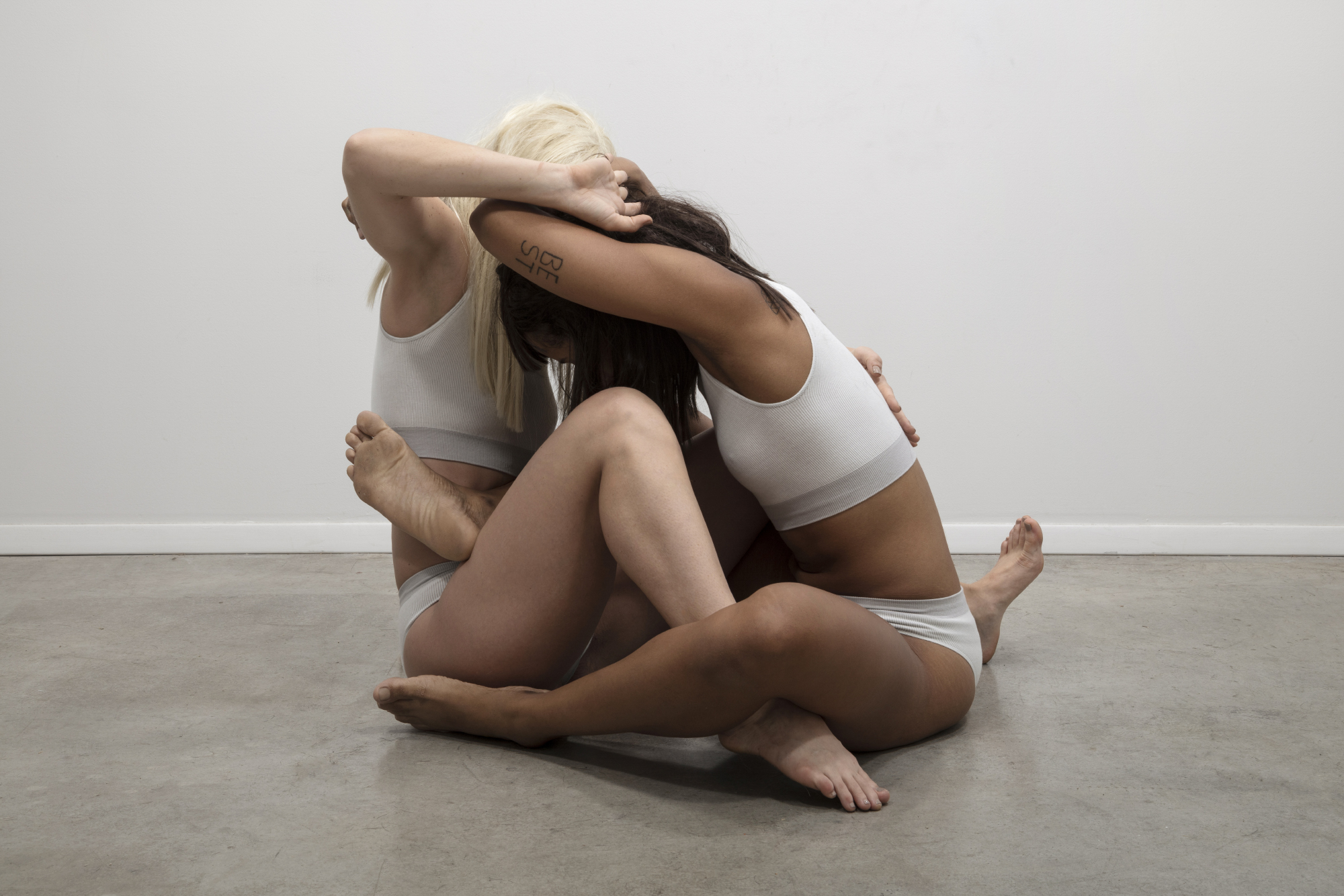
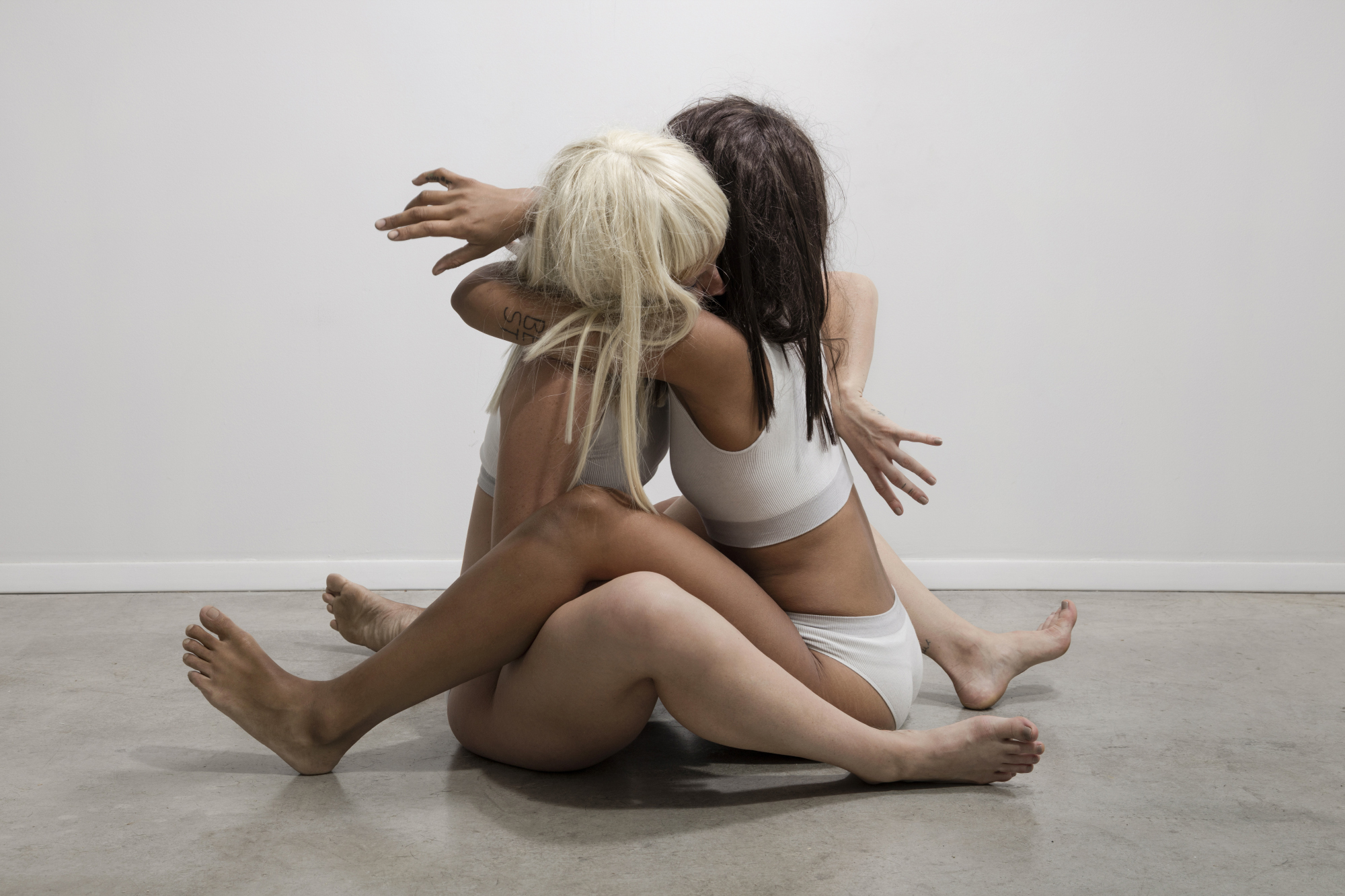






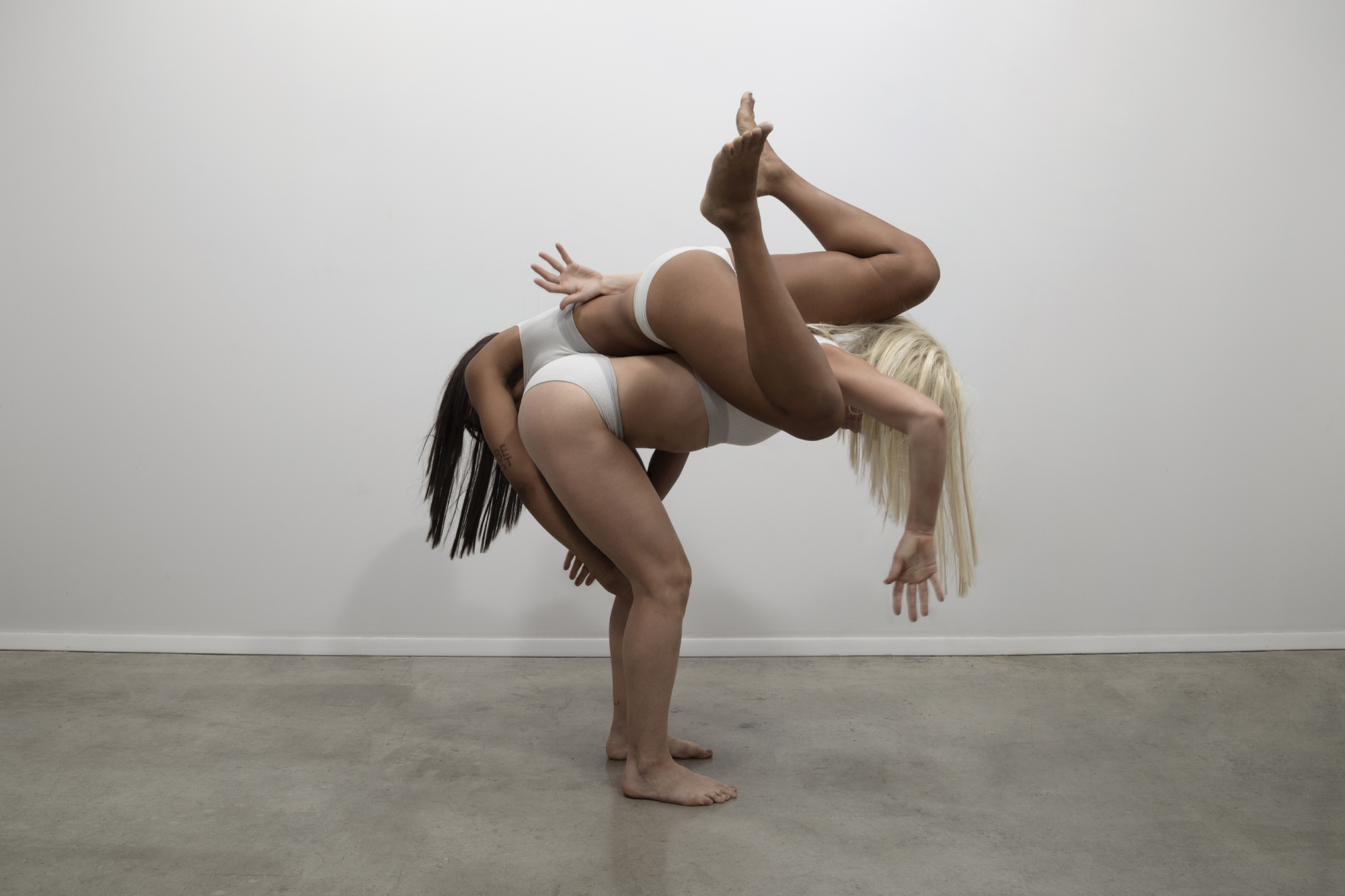


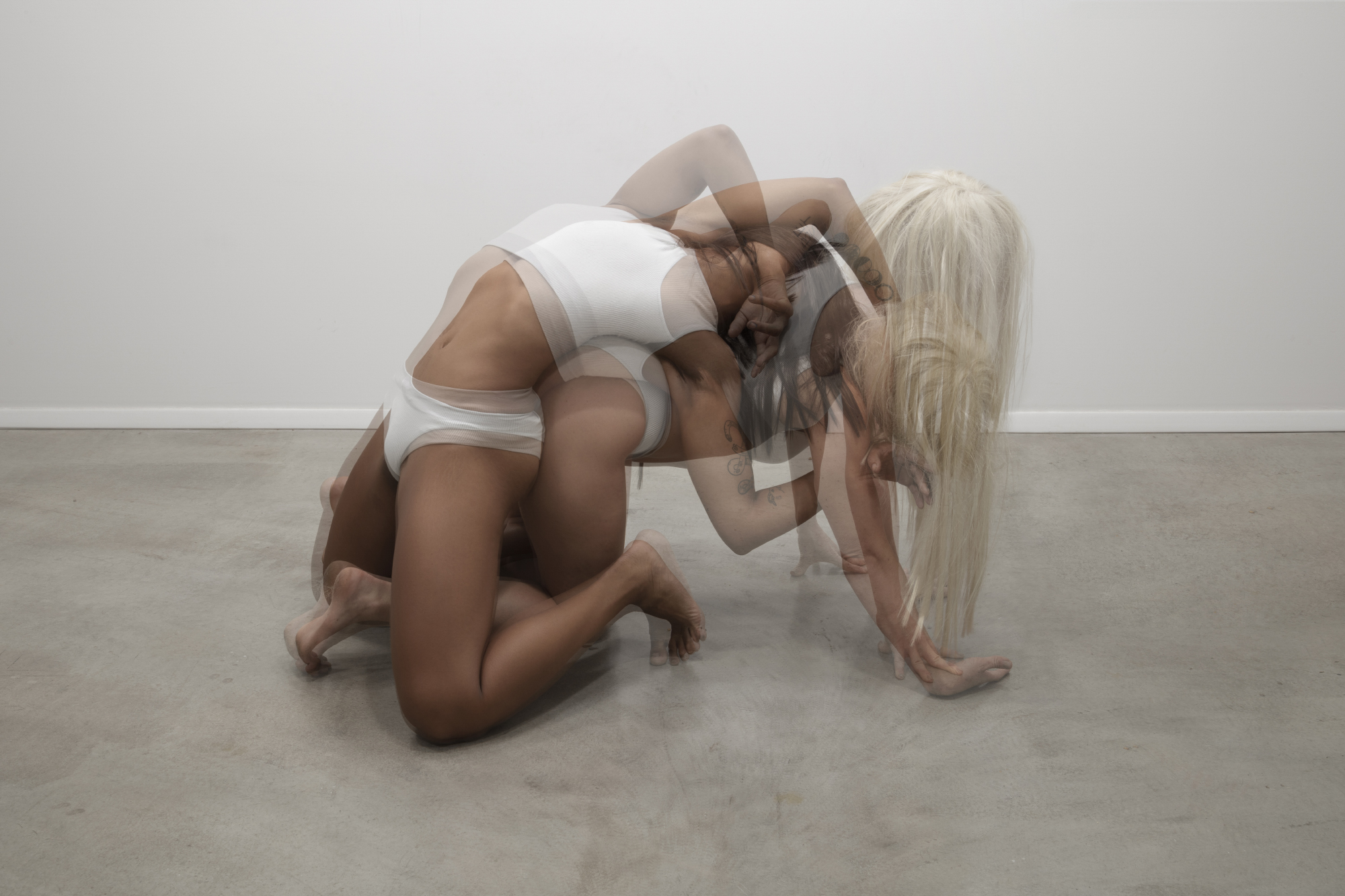
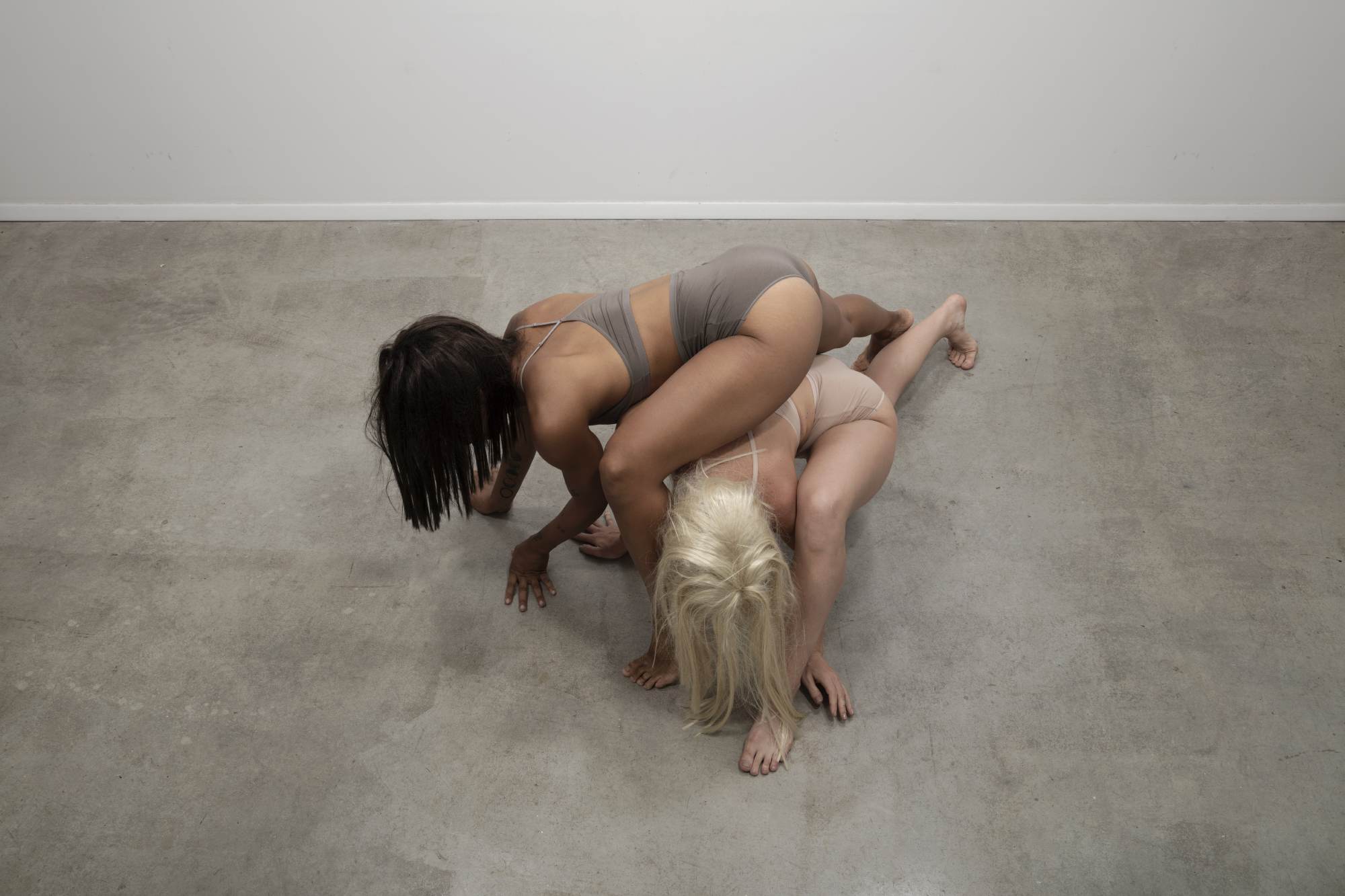
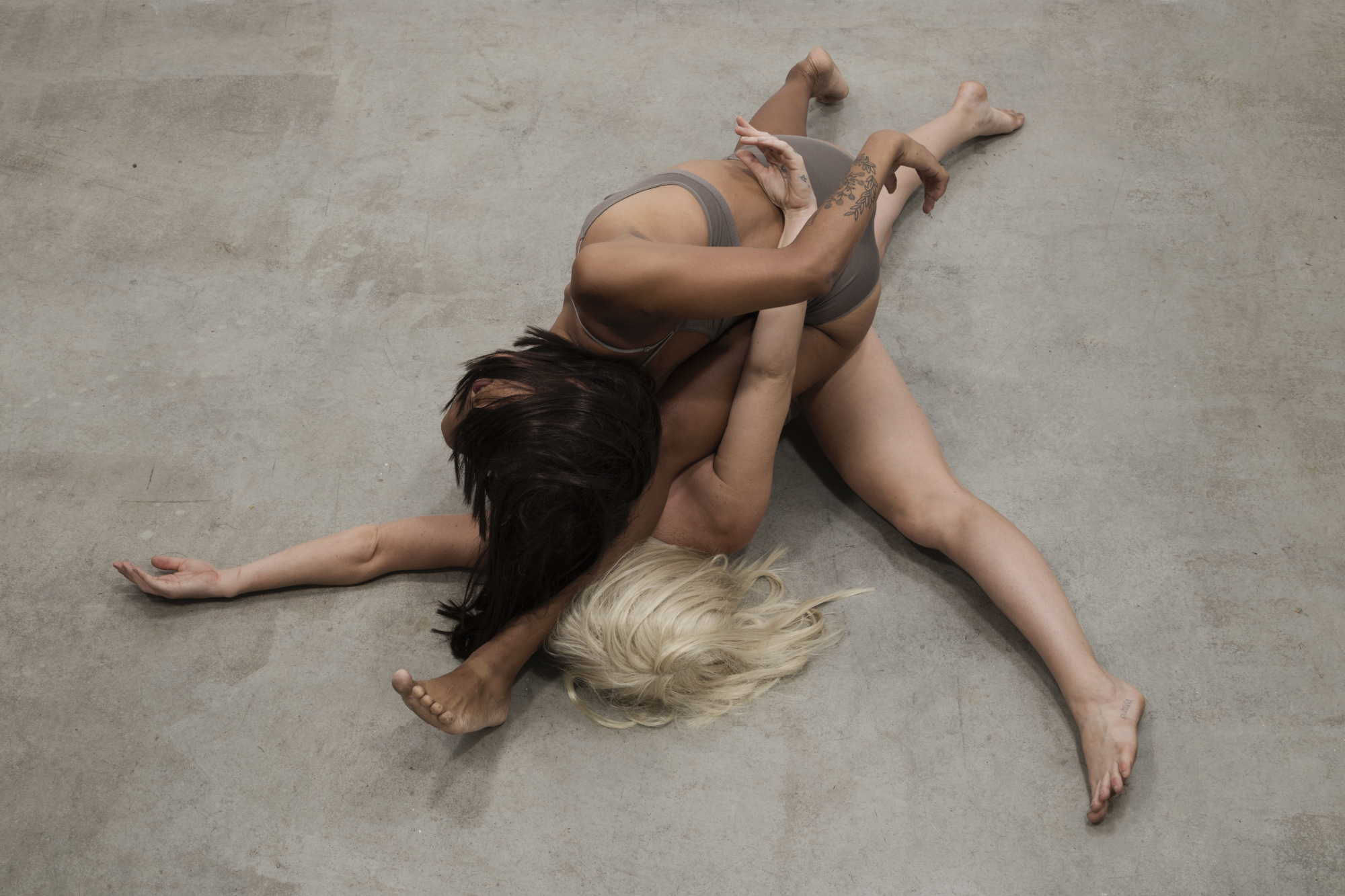


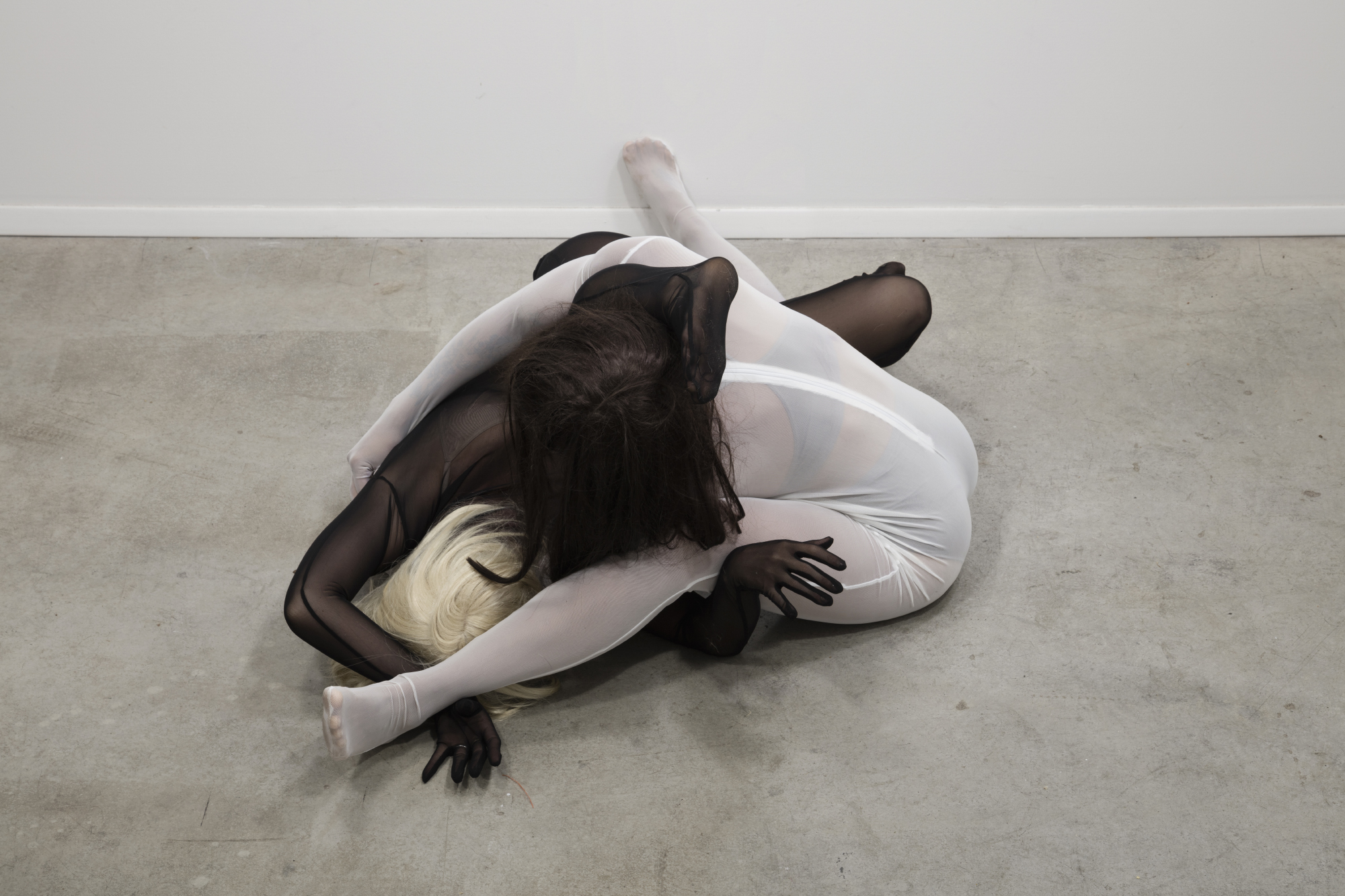
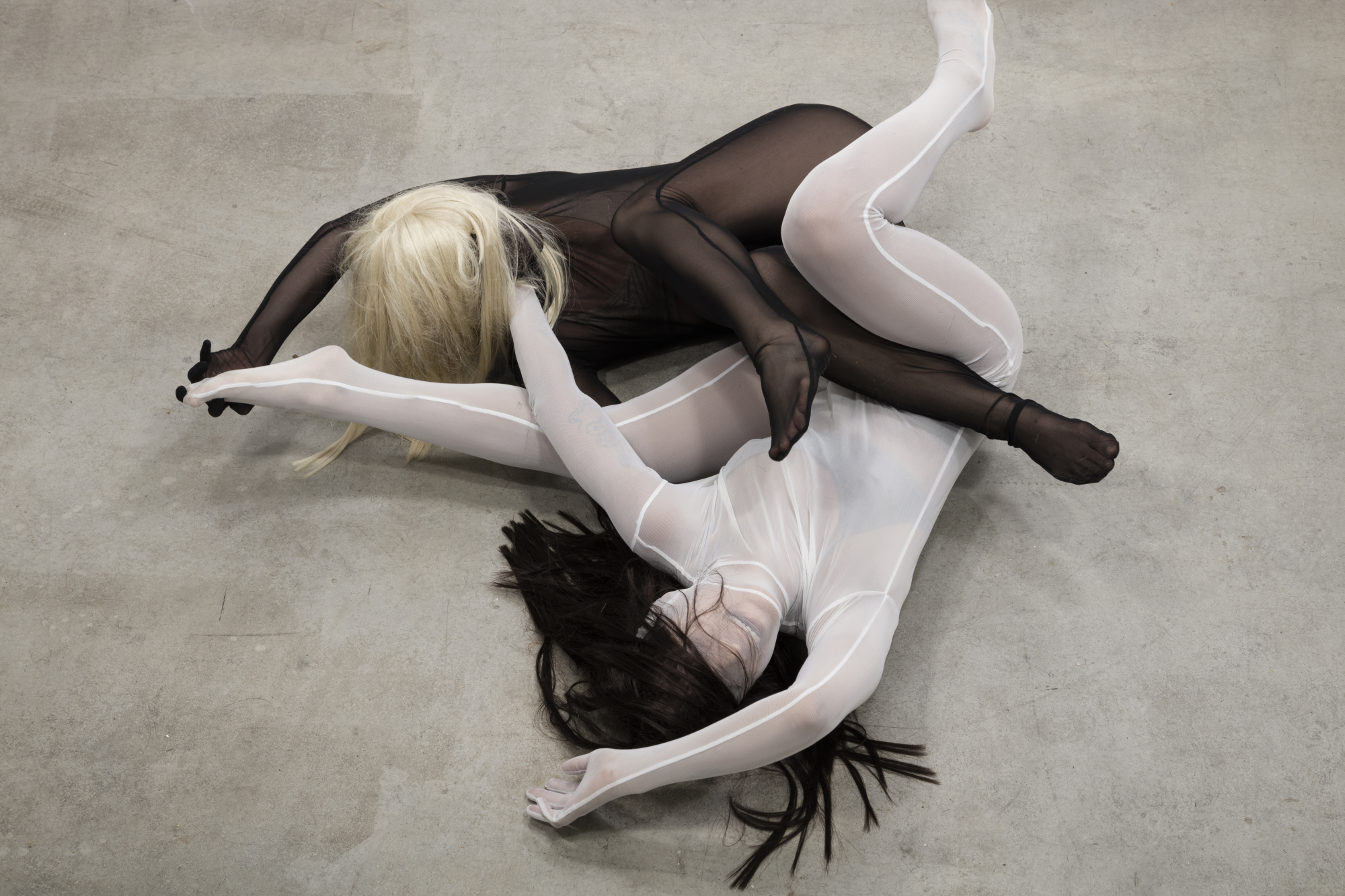
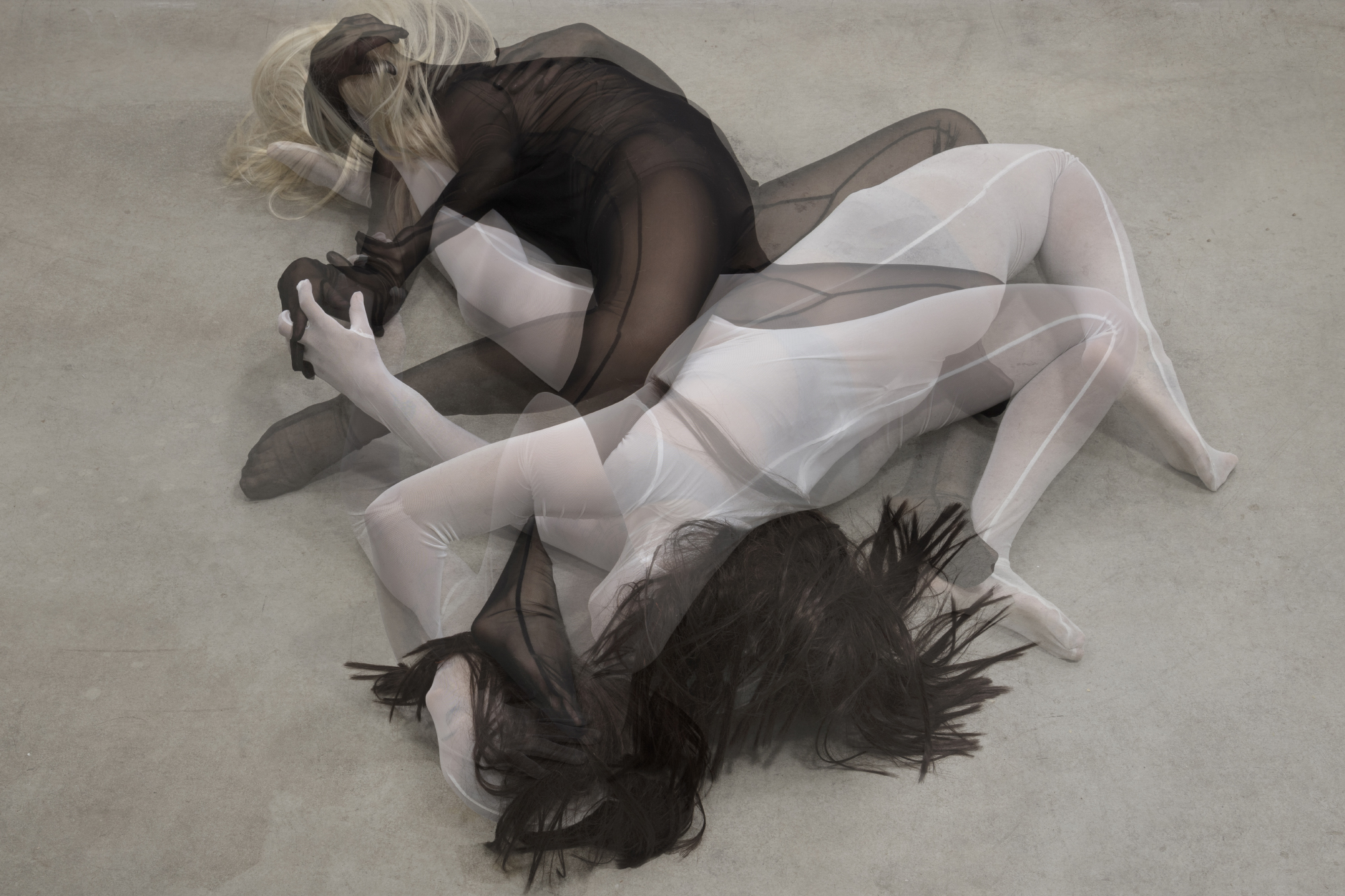

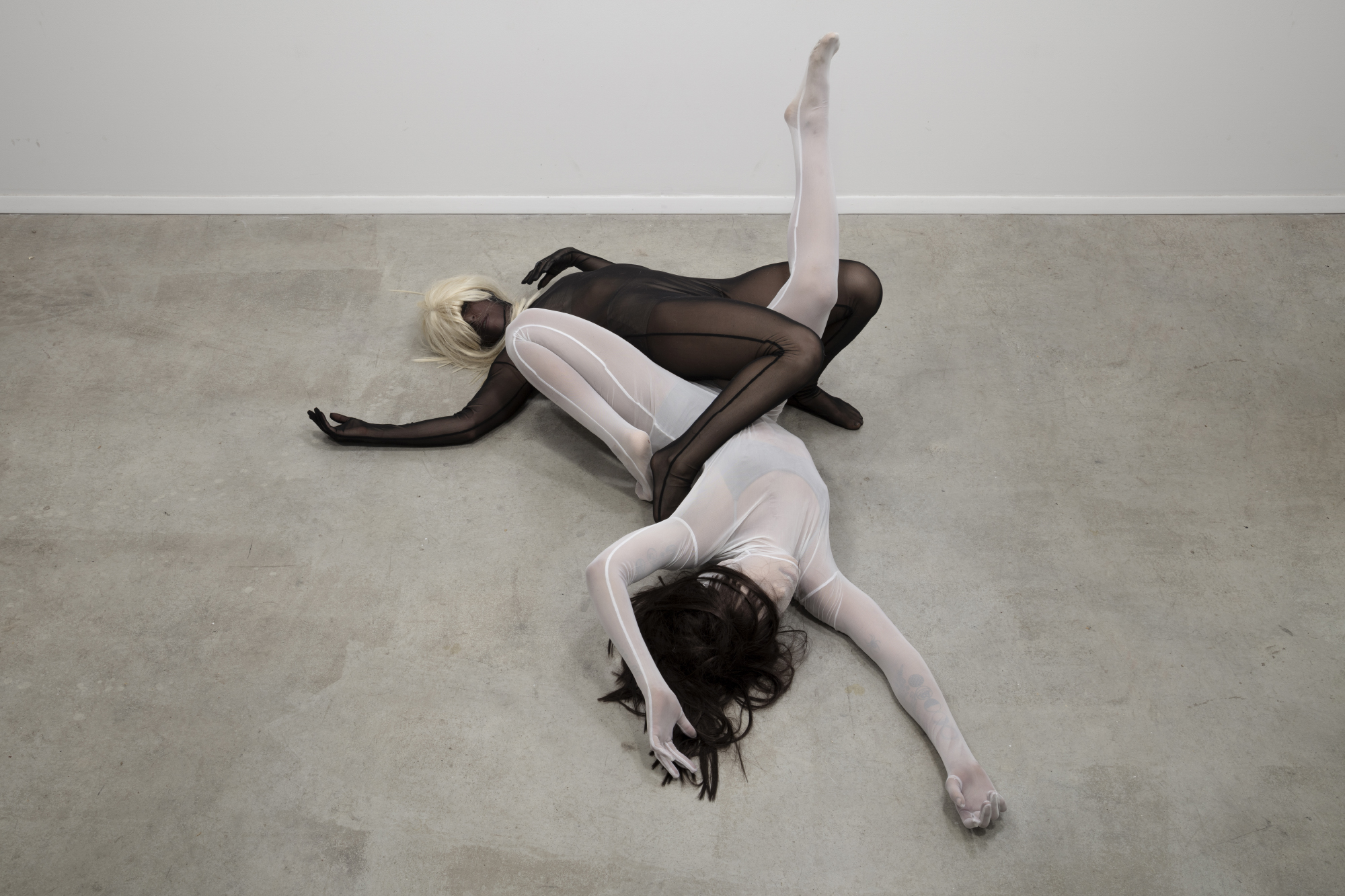
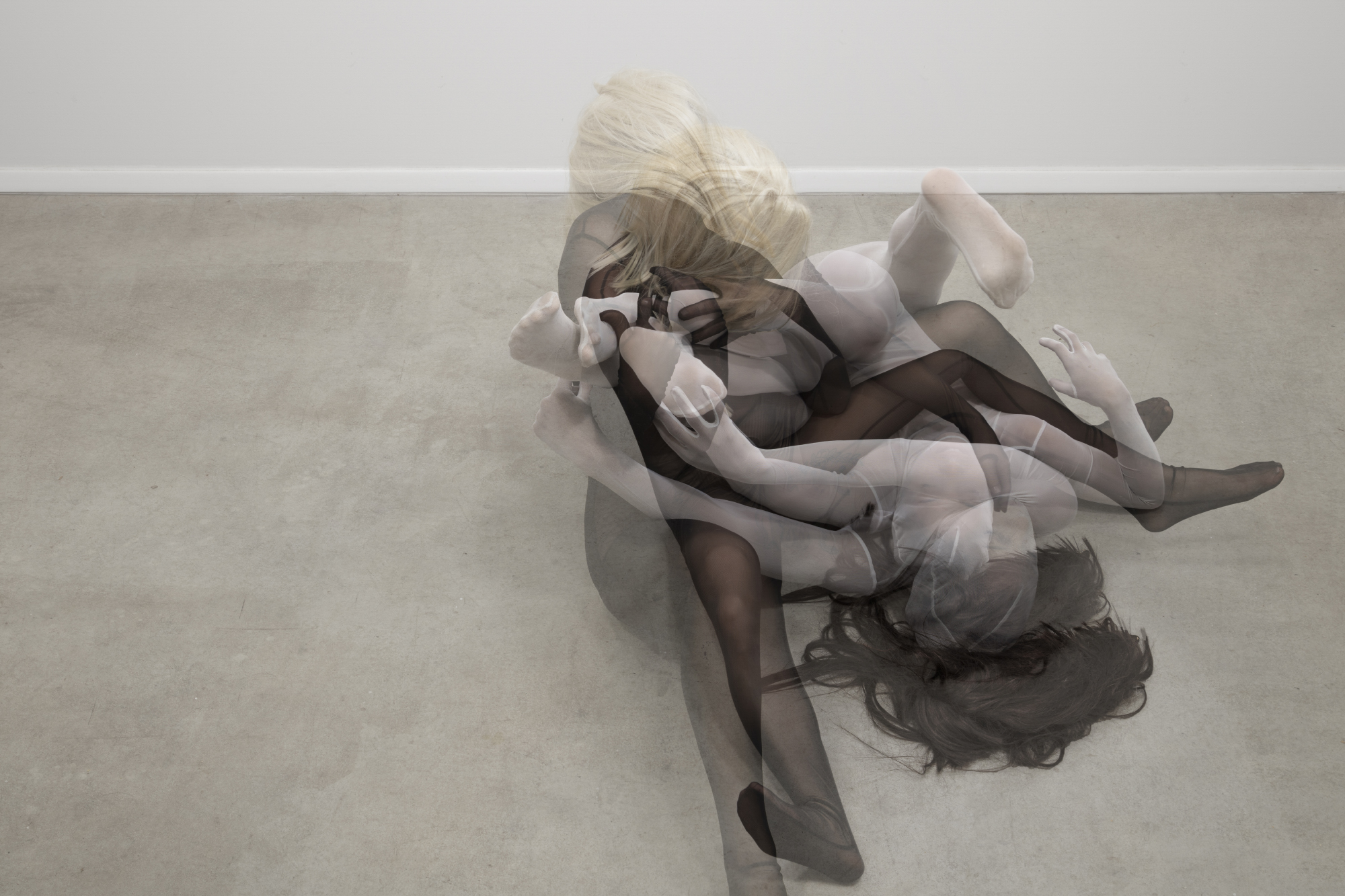


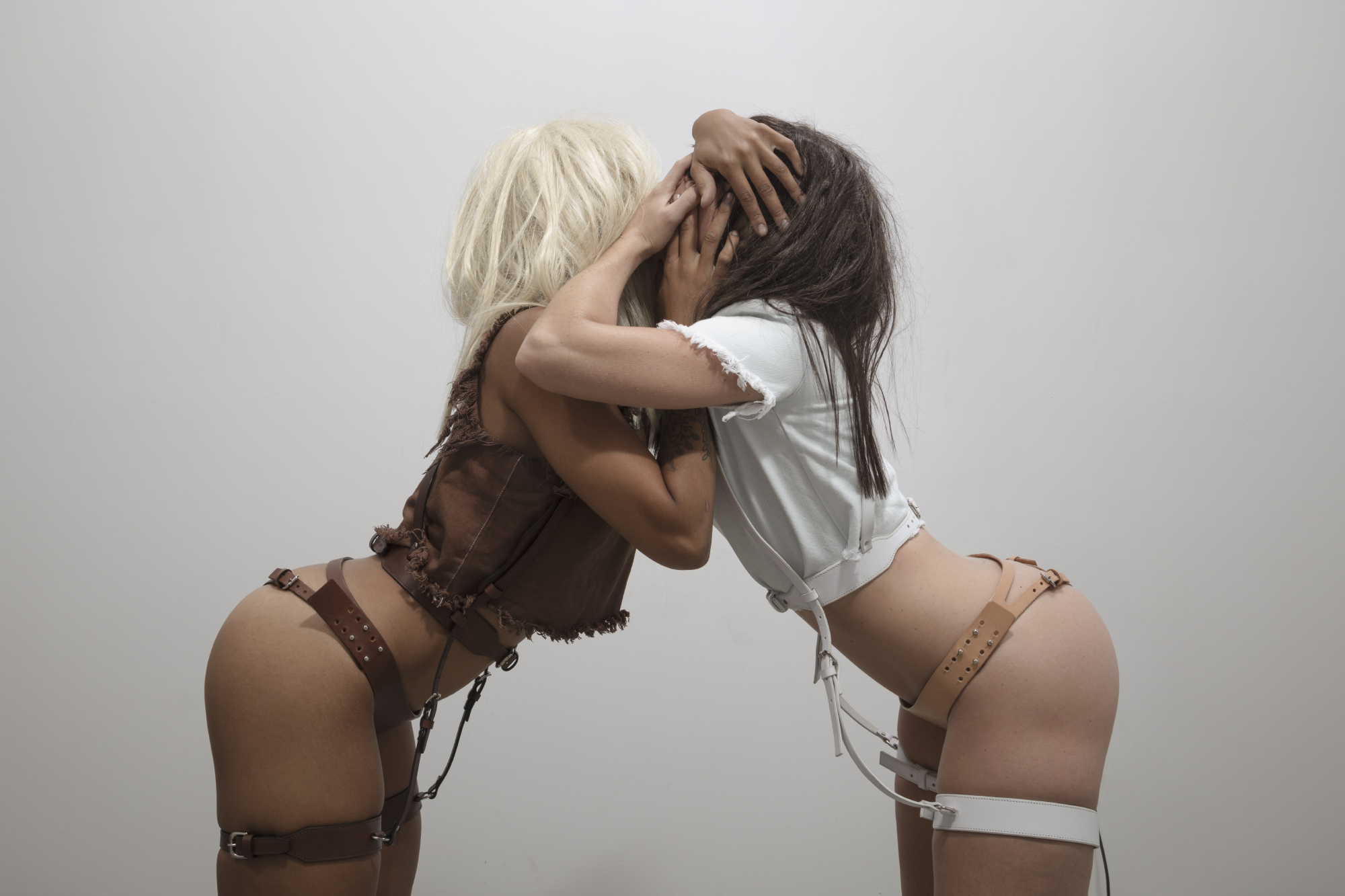



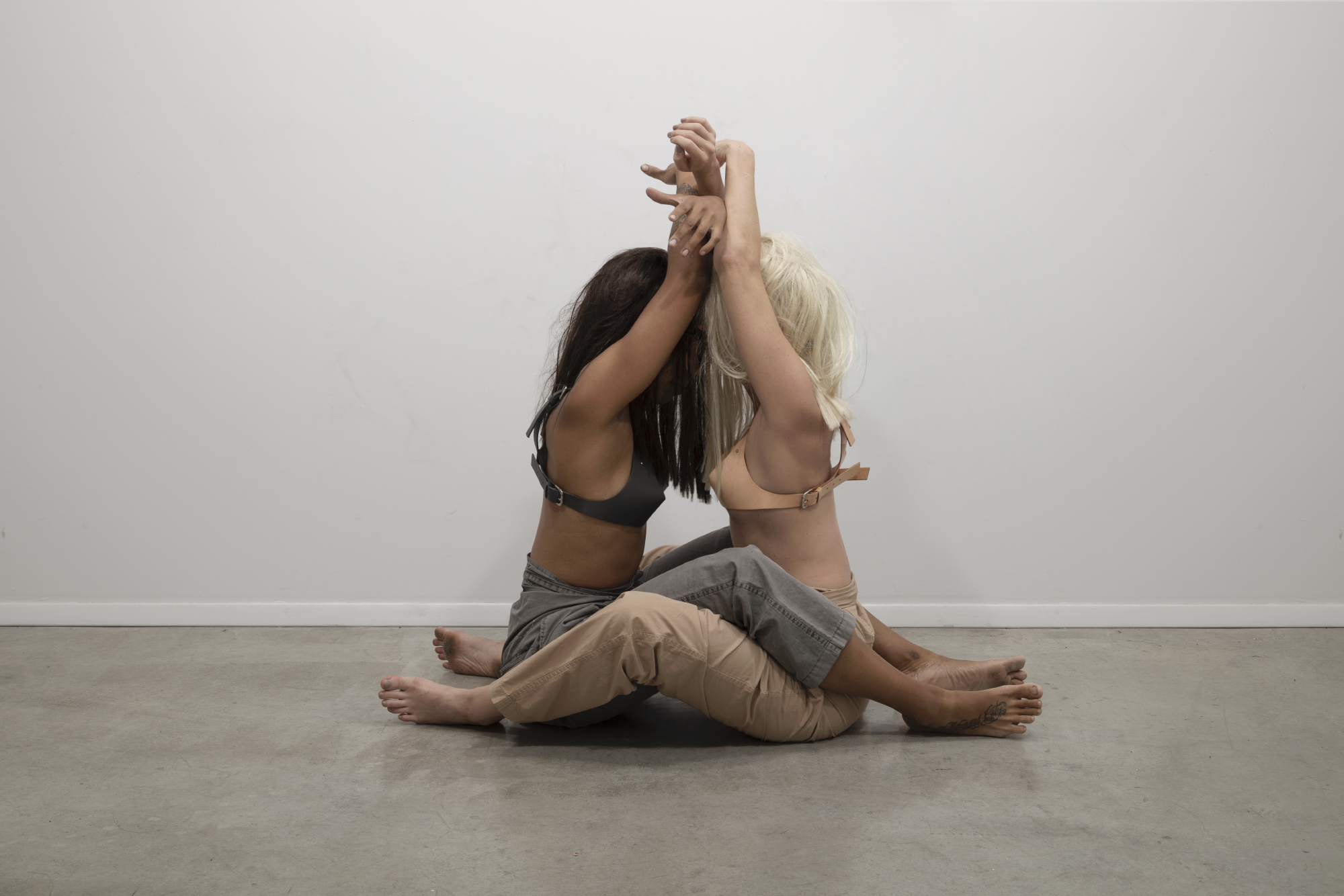

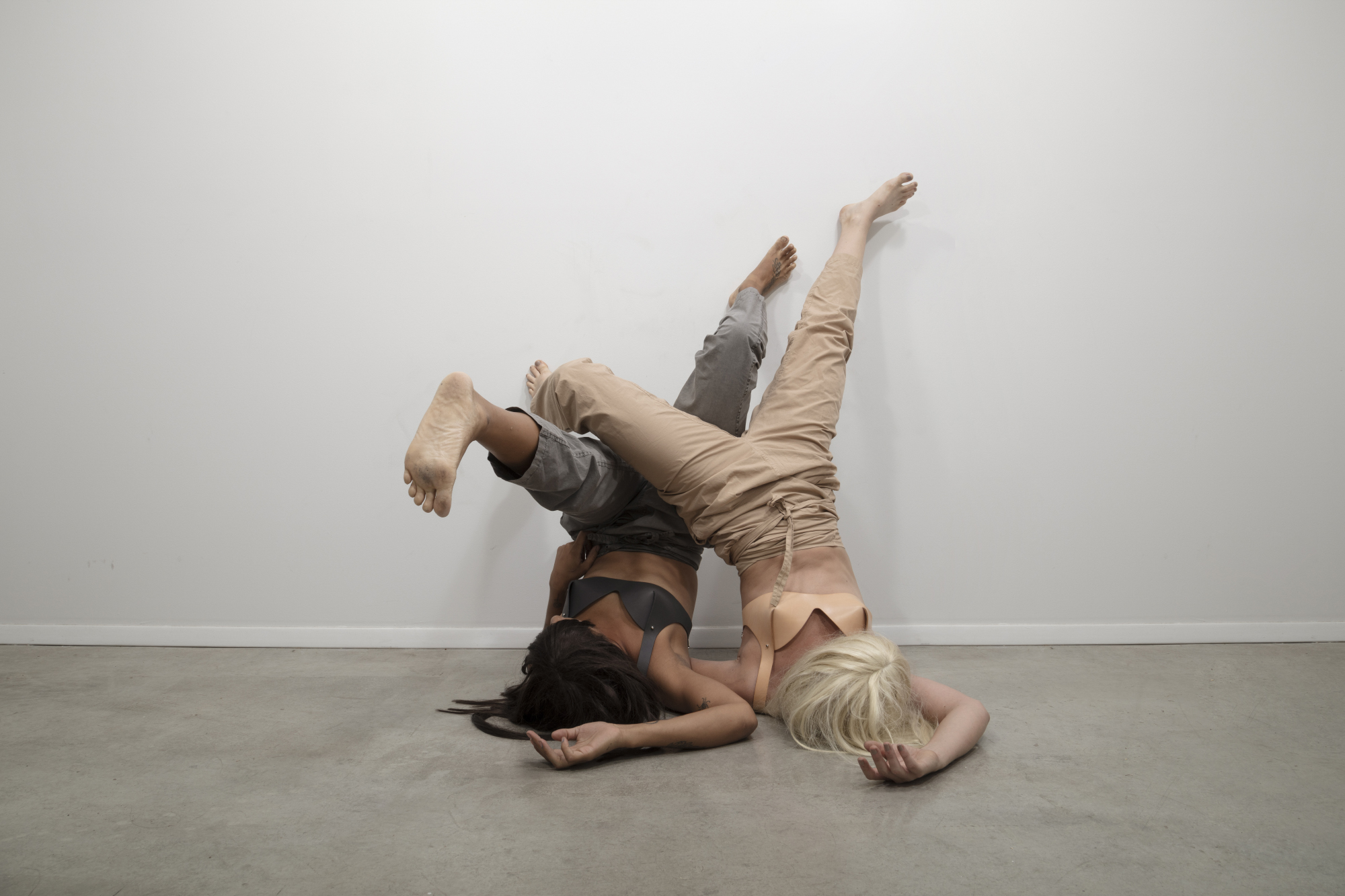
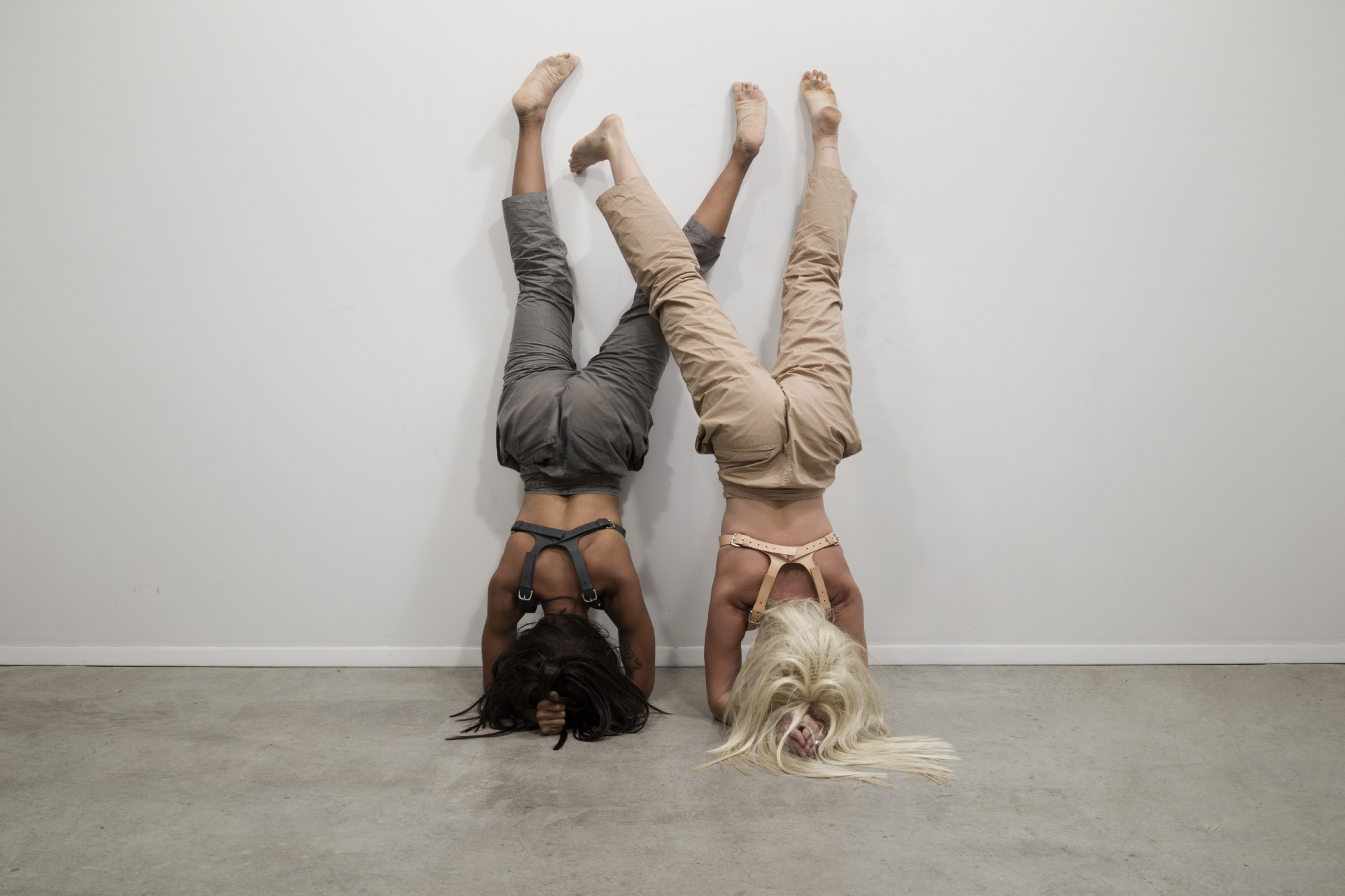

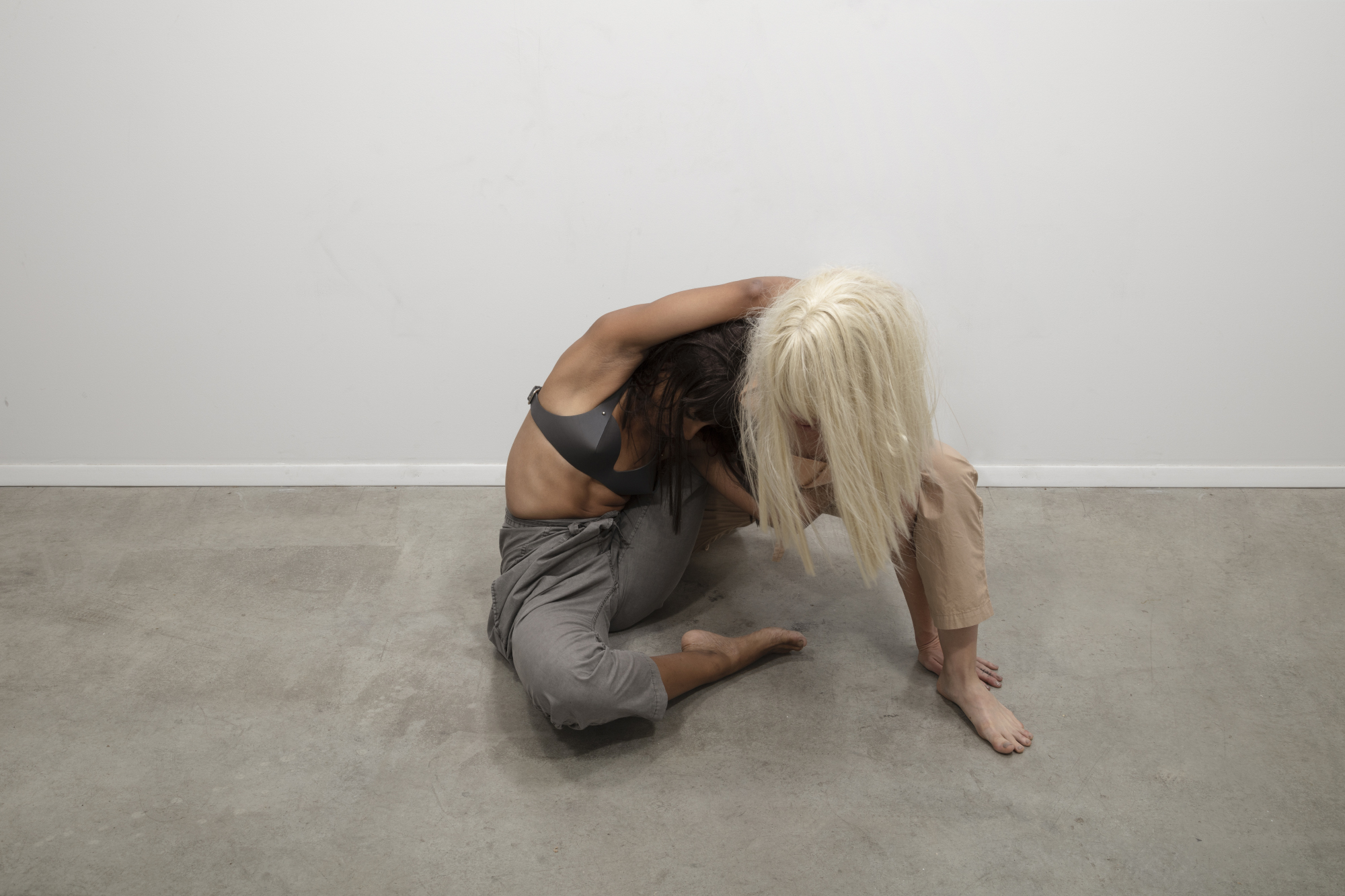

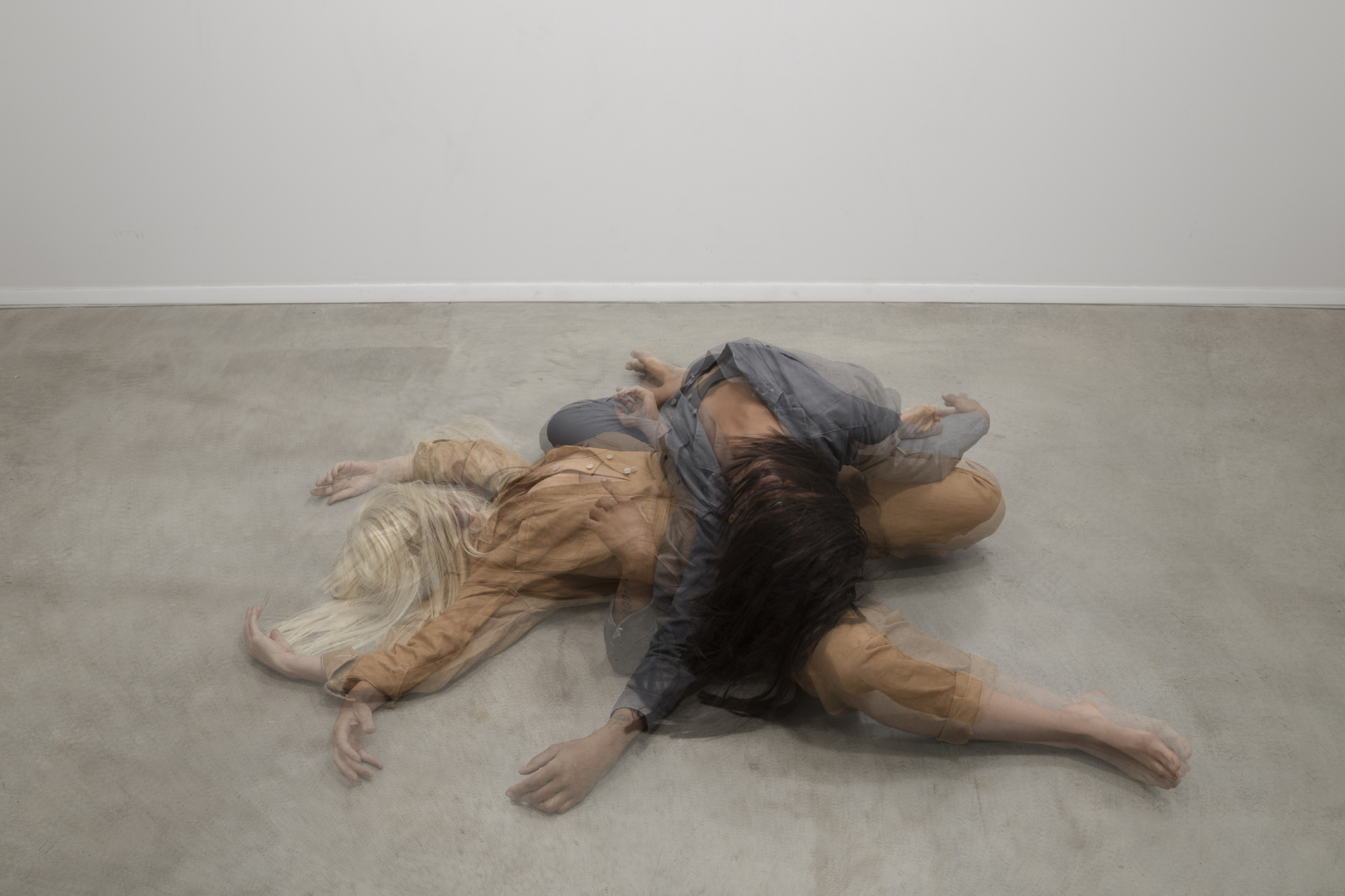

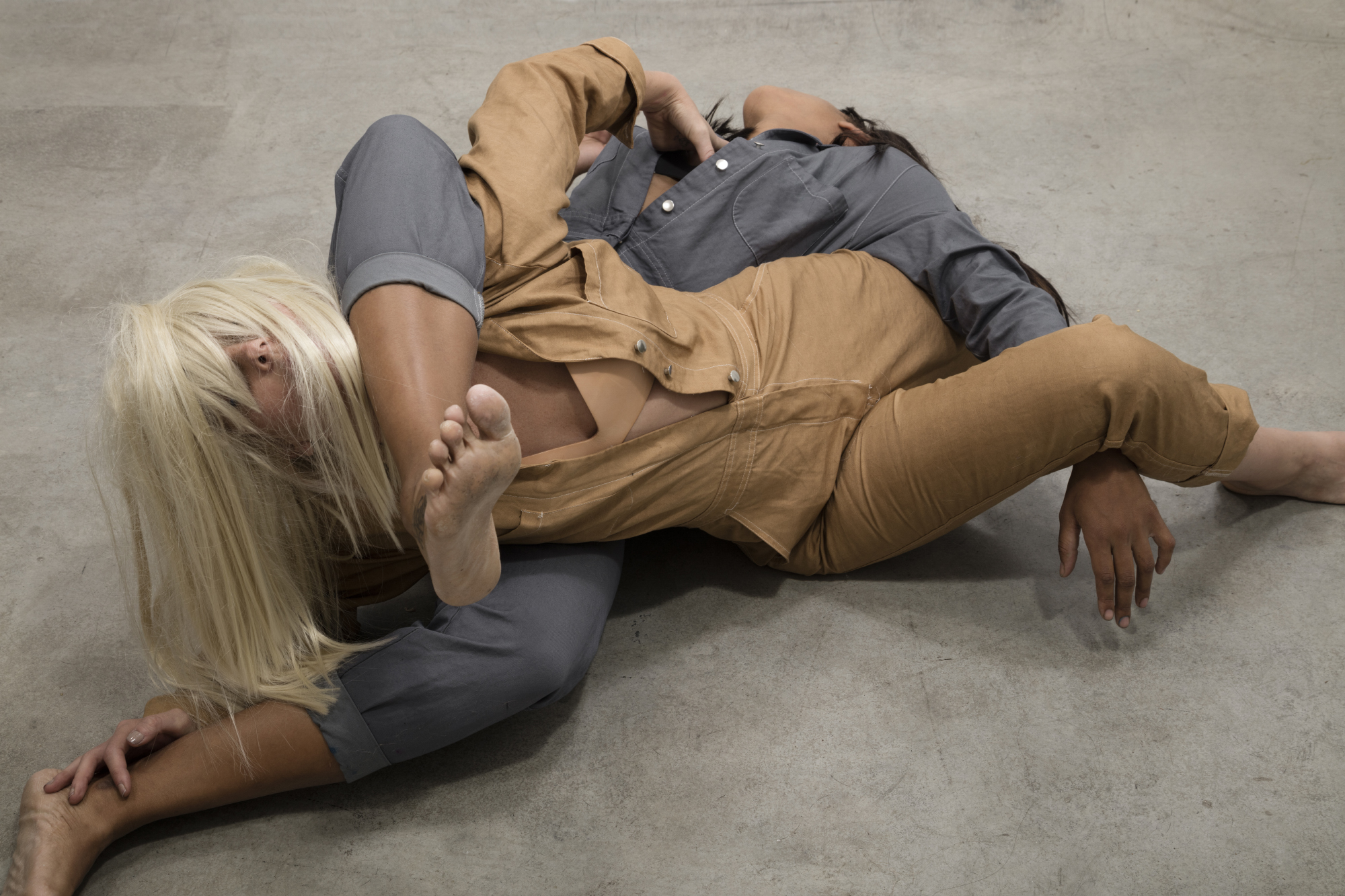
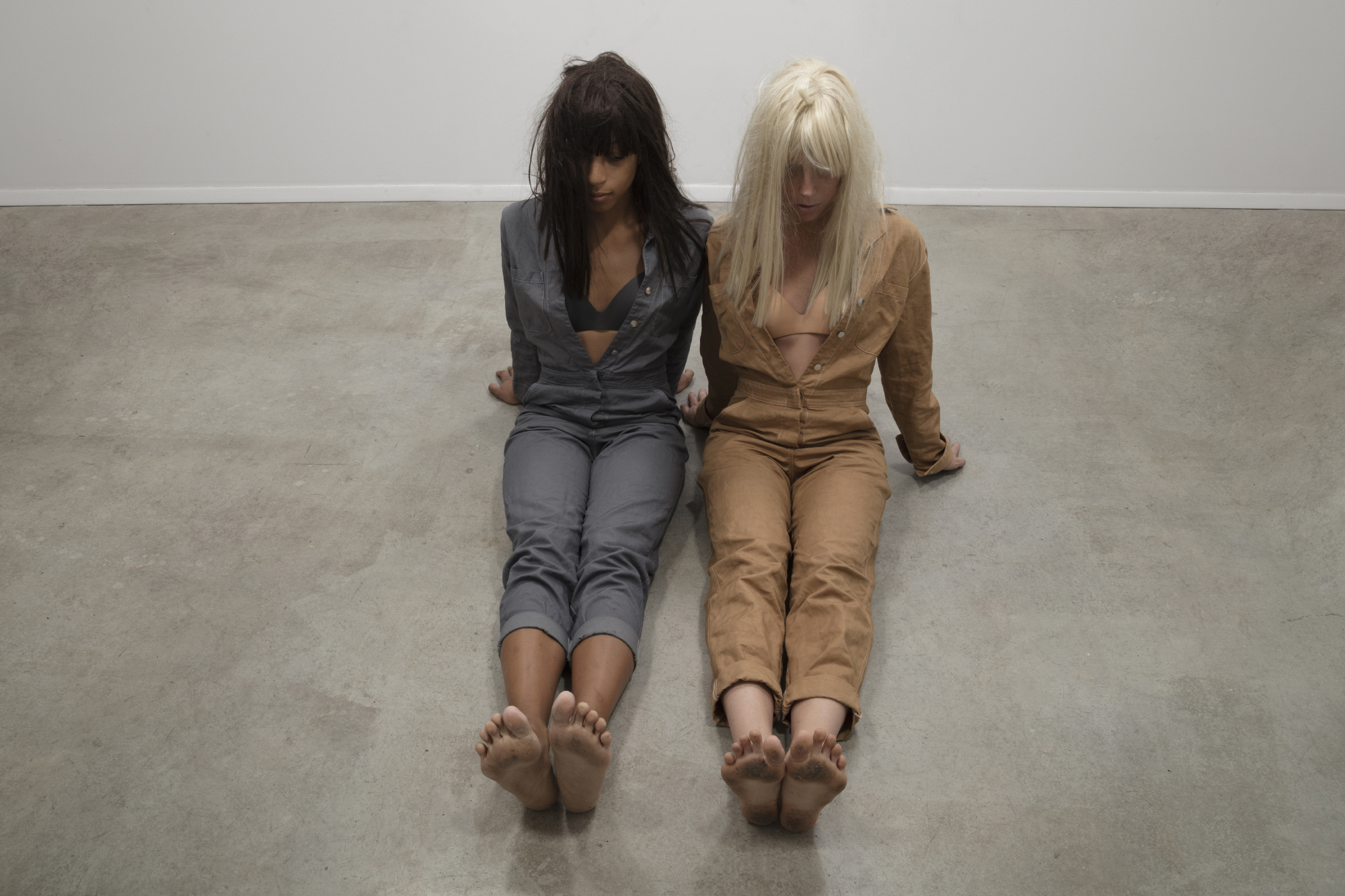
Selection from Self and Other, collaboration with Leslie Diuguid and Sigrid Lauren, 2015.
Although the individuated physical body is a part of the being of humans, it is not the totality of what a human being is. We are beings whose consciousness always already belongs together with others. The self is constituted by its relations to others: essential modes of embodiment, consciousness, and identity necessarily require contact, association, and interaction with others.
In certain modes of consciousness and interaction, we overlap with, extend into, and are continuous with others who extend into and are continuous with us. Not only is the self social in that it depends upon others to be what it is, the self is also social in the sense that one self opens out onto another. It is the “I” that is a “we” and the “we” that is an “I.” The “I” never fully disappears into the “we,” instead the singular character of the “I” emerges only in and through the “we” in which the “I” is embedded. This complexity lies at the heart of how two things can be distinct but not truly separate—or together as one, but not one and the same.